Kazuhiko Fujiwara
Prediction of transport property via machine learning molecular movements
Mar 07, 2022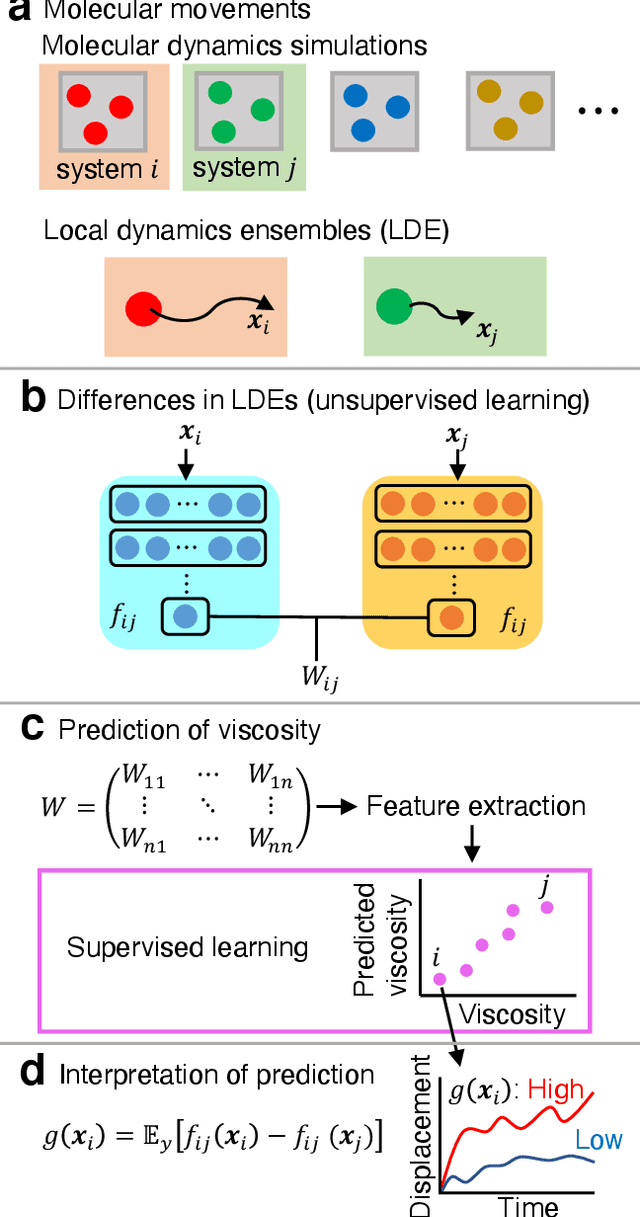
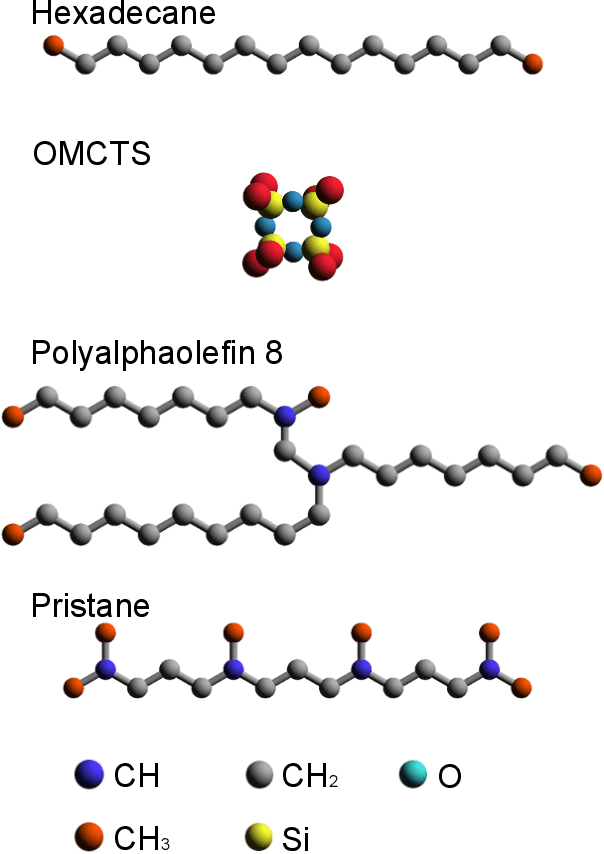
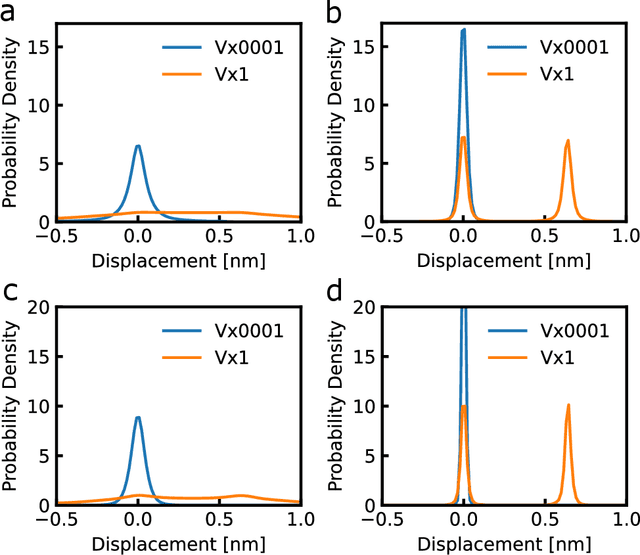
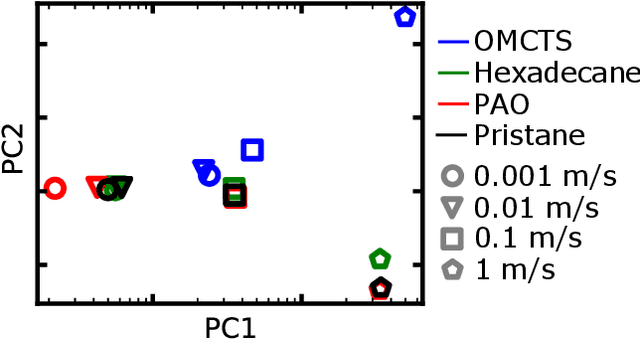
Abstract:Molecular dynamics (MD) simulations are increasingly being combined with machine learning (ML) to predict material properties. The molecular configurations obtained from MD are represented by multiple features, such as thermodynamic properties, and are used as the ML input. However, to accurately find the input--output patterns, ML requires a sufficiently sized dataset that depends on the complexity of the ML model. Generating such a large dataset from MD simulations is not ideal because of their high computation cost. In this study, we present a simple supervised ML method to predict the transport properties of materials. To simplify the model, an unsupervised ML method obtains an efficient representation of molecular movements. This method was applied to predict the viscosity of lubricant molecules in confinement with shear flow. Furthermore, simplicity facilitates the interpretation of the model to understand the molecular mechanics of viscosity. We revealed two types of molecular mechanisms that contribute to low viscosity.
Feature visualization of Raman spectrum analysis with deep convolutional neural network
Jul 27, 2020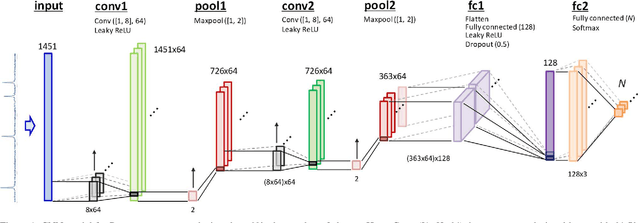
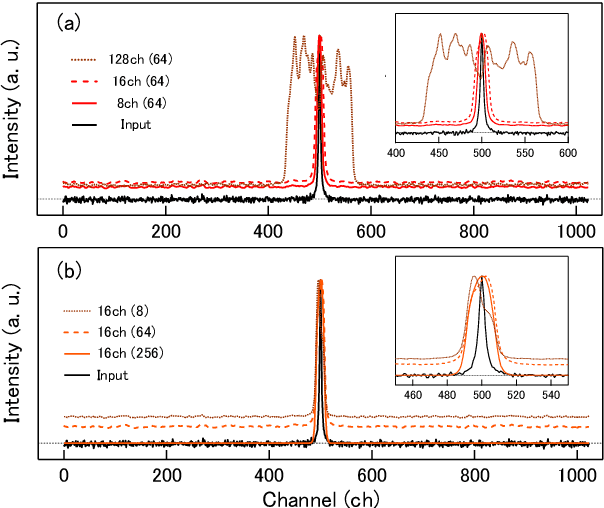
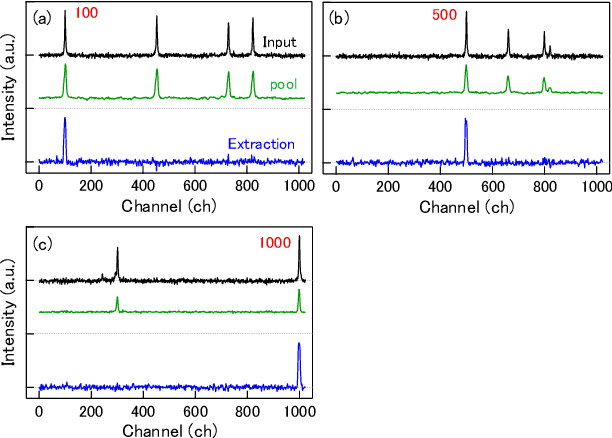
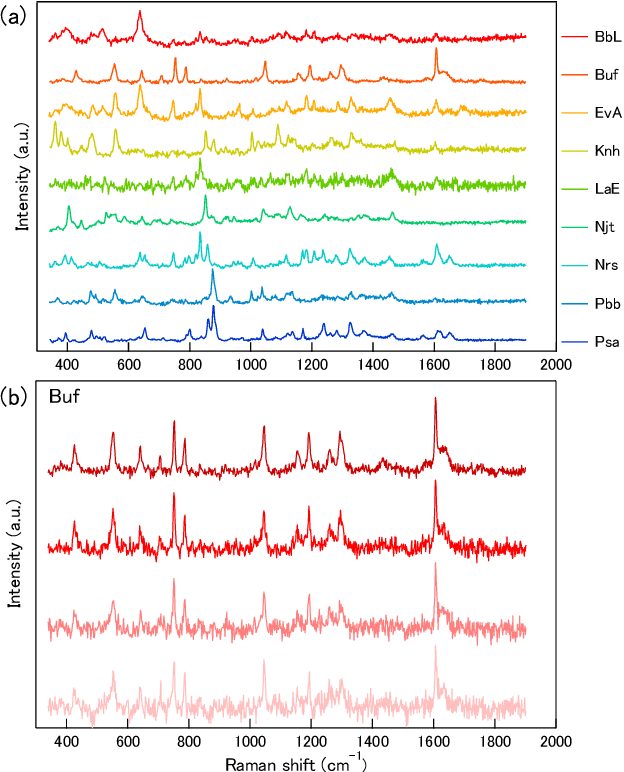
Abstract:We demonstrate a recognition and feature visualization method that uses a deep convolutional neural network for Raman spectrum analysis. The visualization is achieved by calculating important regions in the spectra from weights in pooling and fully-connected layers. The method is first examined for simple Lorentzian spectra, then applied to the spectra of pharmaceutical compounds and numerically mixed amino acids. We investigate the effects of the size and number of convolution filters on the extracted regions for Raman-peak signals using the Lorentzian spectra. It is confirmed that the Raman peak contributes to the recognition by visualizing the extracted features. A near-zero weight value is obtained at the background level region, which appears to be used for baseline correction. Common component extraction is confirmed by an evaluation of numerically mixed amino acid spectra. High weight values at the common peaks and negative values at the distinctive peaks appear, even though the model is given one-hot vectors as the training labels (without a mix ratio). This proposed method is potentially suitable for applications such as the validation of trained models, ensuring the reliability of common component extraction from compound samples for spectral analysis.
 Add to Chrome
Add to Chrome Add to Firefox
Add to Firefox Add to Edge
Add to Edge